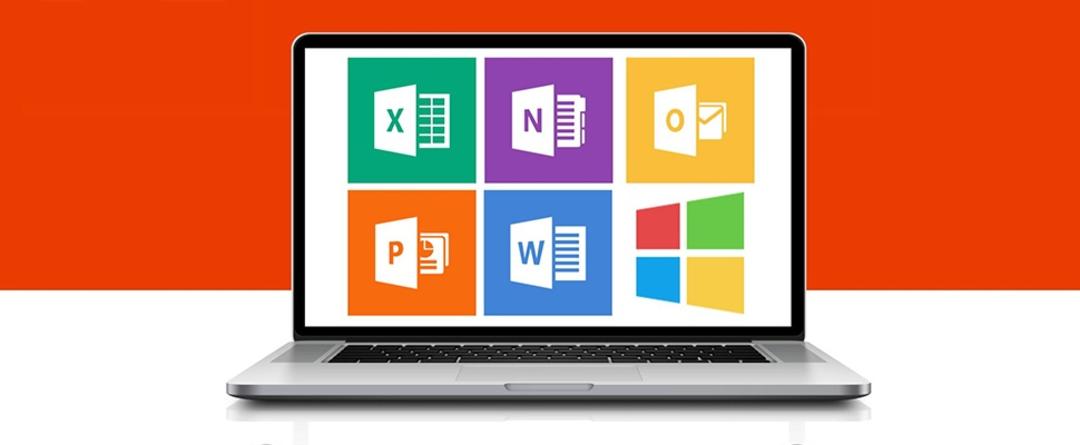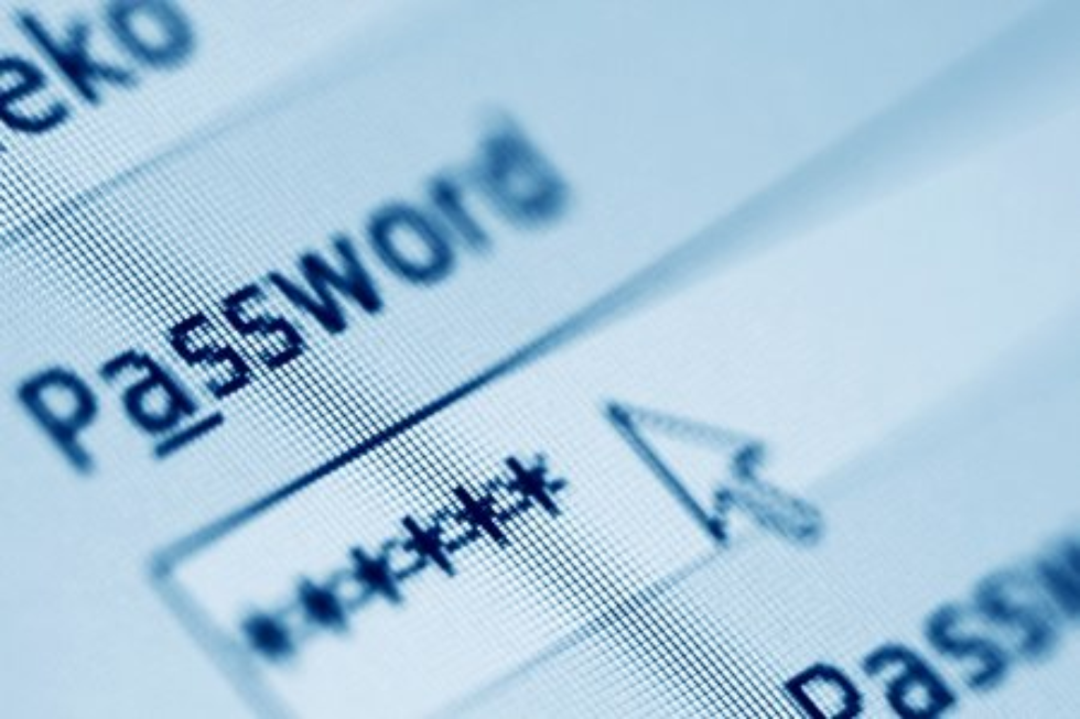The Internet is also an endless source of entertainment and education for children. Unfortunately, many content is not suitable for young children. We are rightly concerned about this. Fortunately, as parents and grandparents, there are tools with which we can keep an eye on children. In short: this way you can block websites for them.
While making the online experience safer for children, a solid upbringing is of course always essential; through candid conversations and concrete agreements. In this article, we focus only on technical tools. Anyone looking for information from a more pedagogical perspective can visit various websites such as www.kwikr.nl/kindveilig.
In any case, it’s good to understand that excessive parental control of children’s online activities (so-called ‘crawling’) can have the opposite effect. Also note that excessive monitoring may violate Article 16 of the Convention on the Rights of the Child. Also, know that no parental control tool can be perfect: some sites still pass filtering, or resourceful kids manage to get past the filters. Finally, be aware that configuring and monitoring parental control tools requires some effort on your part.
In this article, we first look at techniques that can work across the network or that you can apply across various platforms as well. Next, we talk specifically about Windows and finally mobile platforms, with or without built-in tools.
DNS filter
On some routers, you can manually block sites or enable a time lock on the internet connection per computer. Some routers even come with a real (usually not free) parental control module. See your router’s manual for this.
Additionally or instead, you can set up a so-called DNS filter. You do this if your main goal is to block pornographic and other inappropriate sites.
We’ll take the free OpenDNS Family Shield as an example, but there’s more.
Navigate to www.kwikr.nl/famshield and note the two IP addresses of the DNS servers there: 208.67.222.123 and 208.67.220.123. Via www.kwikr.nl/devconfig you will find the necessary instructions to set these addresses for your entire home network at once (via your router) or on individual devices such as PCs, laptops, tablets and smartphones.

DNS on Windows
We will show you how to set up such a DNS filter in Windows 11. Settings / Network and Internet. To choose Ethernet if you have a wired network connection and click to process Bee DNS server assignment. Change IPv4 in, select manually and fill in DNS addresses Preferred DNS and alternative DNS. confirm with save and reboot your system: now (most) ‘offensive’ sites should be inaccessible. If your PC is connected wirelessly, you do this for WiFi as well.
If you can no longer surf, it may have something to do with the settings in your browser. Let’s take Chrome as an example. Faucet chrome://settings/security go to the address bar and Developed. Here you switch Using Secure DNS turn it off or better yet open it and of the most DNS provider OpenDNS.

OpenDNS Home Page
OpenDNS offers a free alternative that lets you decide for yourself which sites or types of sites you want to block. This requires some configuration. We offer you a solid start here.
Create Account. Click the link in the confirmation email that will take you to https://dashboard.opendns.com. Click here add network. Bee ROPE enter your network’s public IP address (see above, Your current IP). confirm with Add this network. Give your network a name, tick the checkmark yes dynamic and confirm with Completed.
Click the link in the second confirmation email. You can read what to do now at www.kwikr.nl/dnsconfig. This means that you will change the DNS addresses of your (grandchild)’s device to: 208.67.220.220 and 208.67.222.222.
You still need to set exactly which sites you want to filter out. To do this go back to your control panel, open the tab Settings and click on your public ip address. choose tradition and specify the site categories you want to block, for example pornography and Gambling. confirm with To apply. Changes will take effect after a few minutes.

Dynamic DNS
For OpenDNS Home to work properly, the service needs to know your network’s current public IP address. This may change as your internet provider assigns this address dynamically.
Then you must provide a mechanism to forward the changed address to OpenDNS. Such a function may already be built into your NAS or router, but for this you can download a specific client and install it on your computer. Just such a tool is the free Marcs Updater.
Download and install the application and launch it. on the tab General choose you OpenDNS.com Bee DNS Service Provider, then enter your OpenDNS ID (email address and password) here. Bee hostname Enter the network name you entered with OpenDNS. after confirming with OK The application checks your current public IP address and forwards it to OpenDNS.
This check is done every five minutes, but you can set it up here: IP Control Range. Of course, this application is intended to remain active in the background.
Source: Computer Totaal













